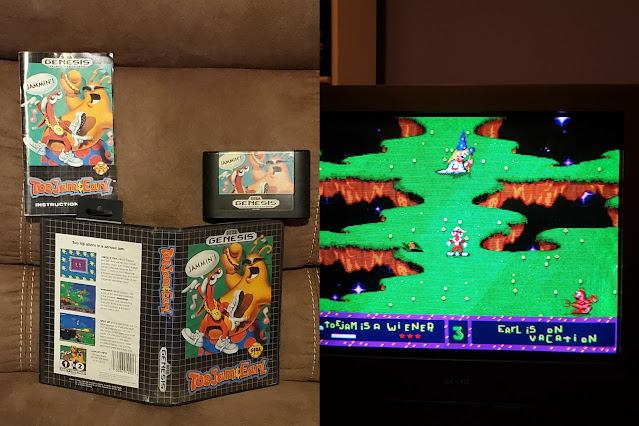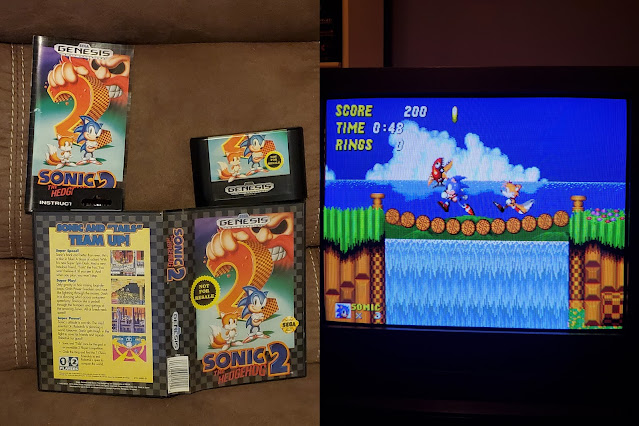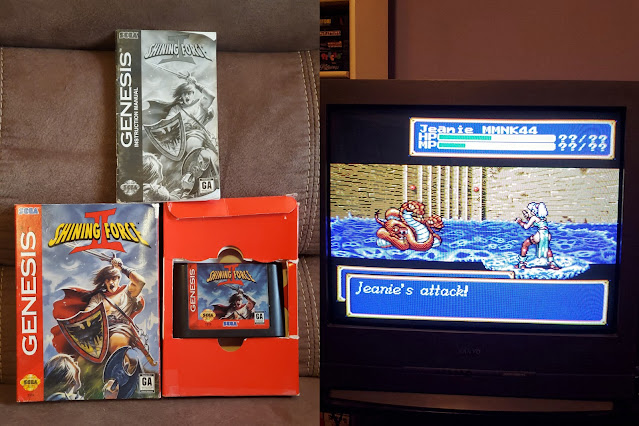Collection essentials #144: Game Boy

Our next system is one you’ve more than likely heard of if you’re above a certain age, even if you’re not a gamer. It’s Nintendo’s wildly successful portable gaming device, Game Boy. The Game Boy launched in 1989. It was not the first portable handheld game system to use interchangeable cartridges, as such a thing had been created a whole decade prior, the Microvision by Milton Bradley. But prior to Game Boy, no such system had ever achieved any real widespread popularity. The funny thing about the Game Boy is that it wasn’t really cutting-edge technology even for the time. The Game Boy screen was in monochrome, and had no backlight, meaning the player needed an outside light source to see the screen. In the very same year, the Atari Lynx would be released, and it boasted both color AND a backlight, which are undeniably nice things to have. But the Game Boy absolutely trounced the Lynx and all other competition. Why? The answer was Nintendo ingeniously finding the right bal...















